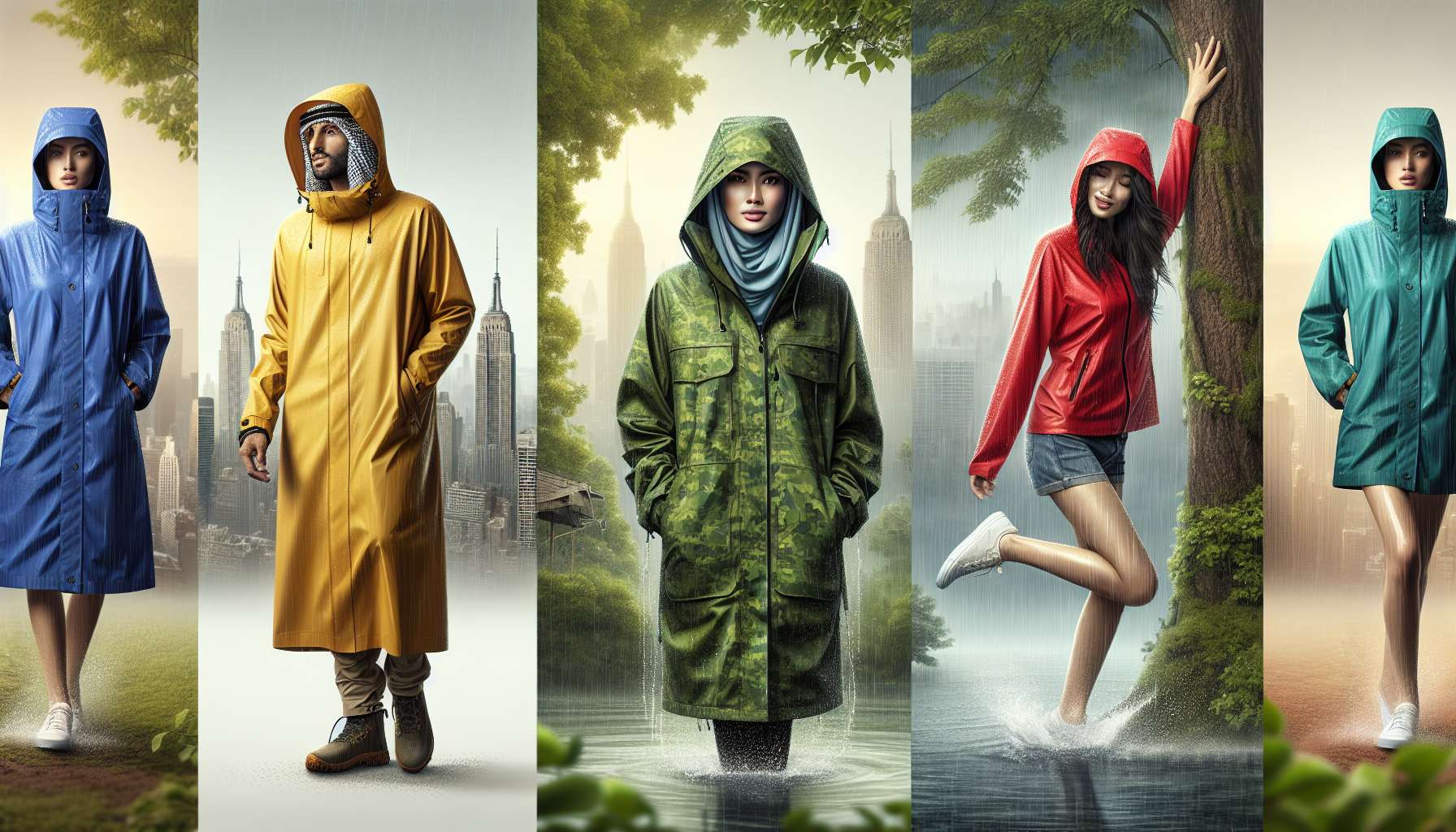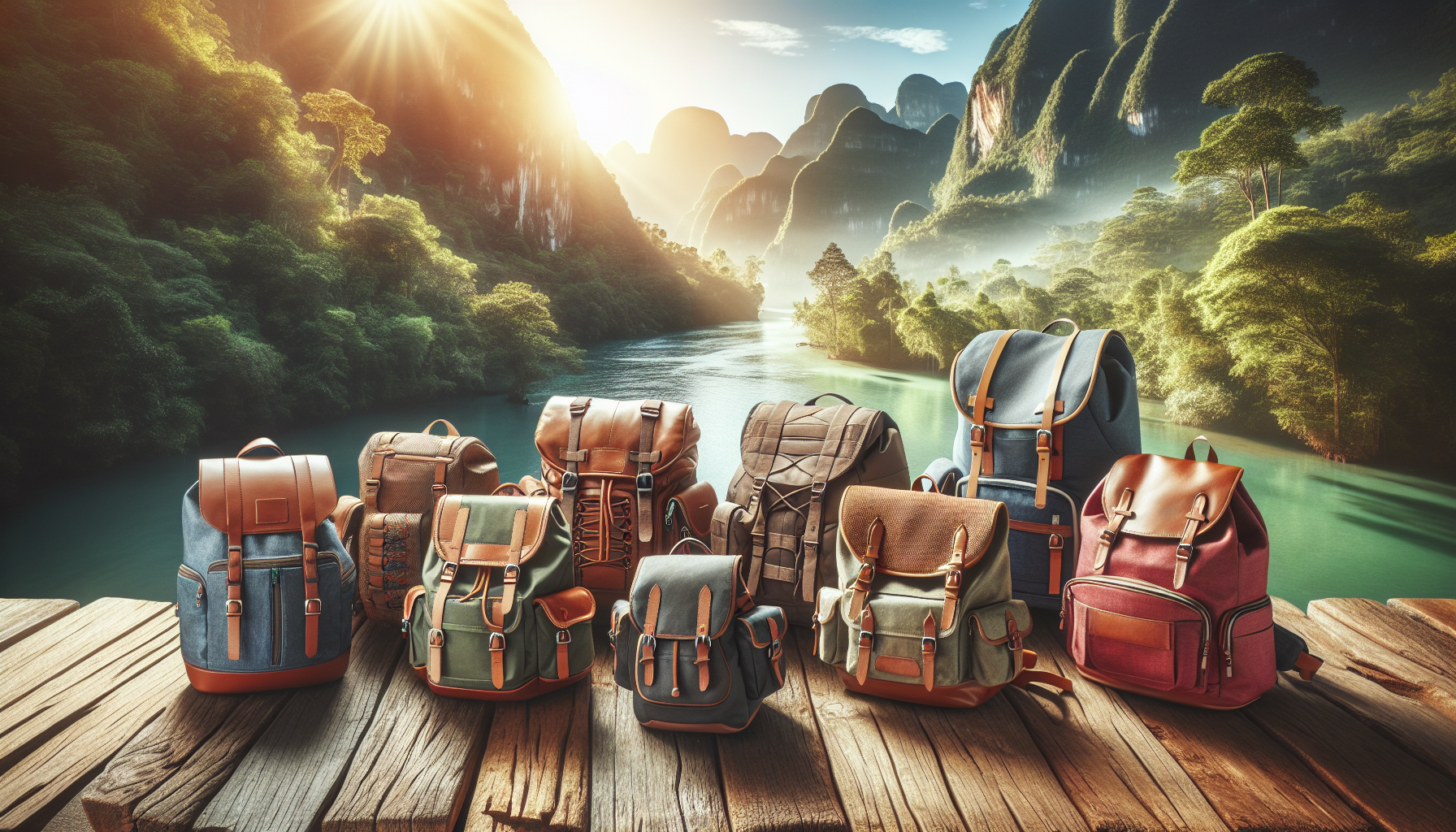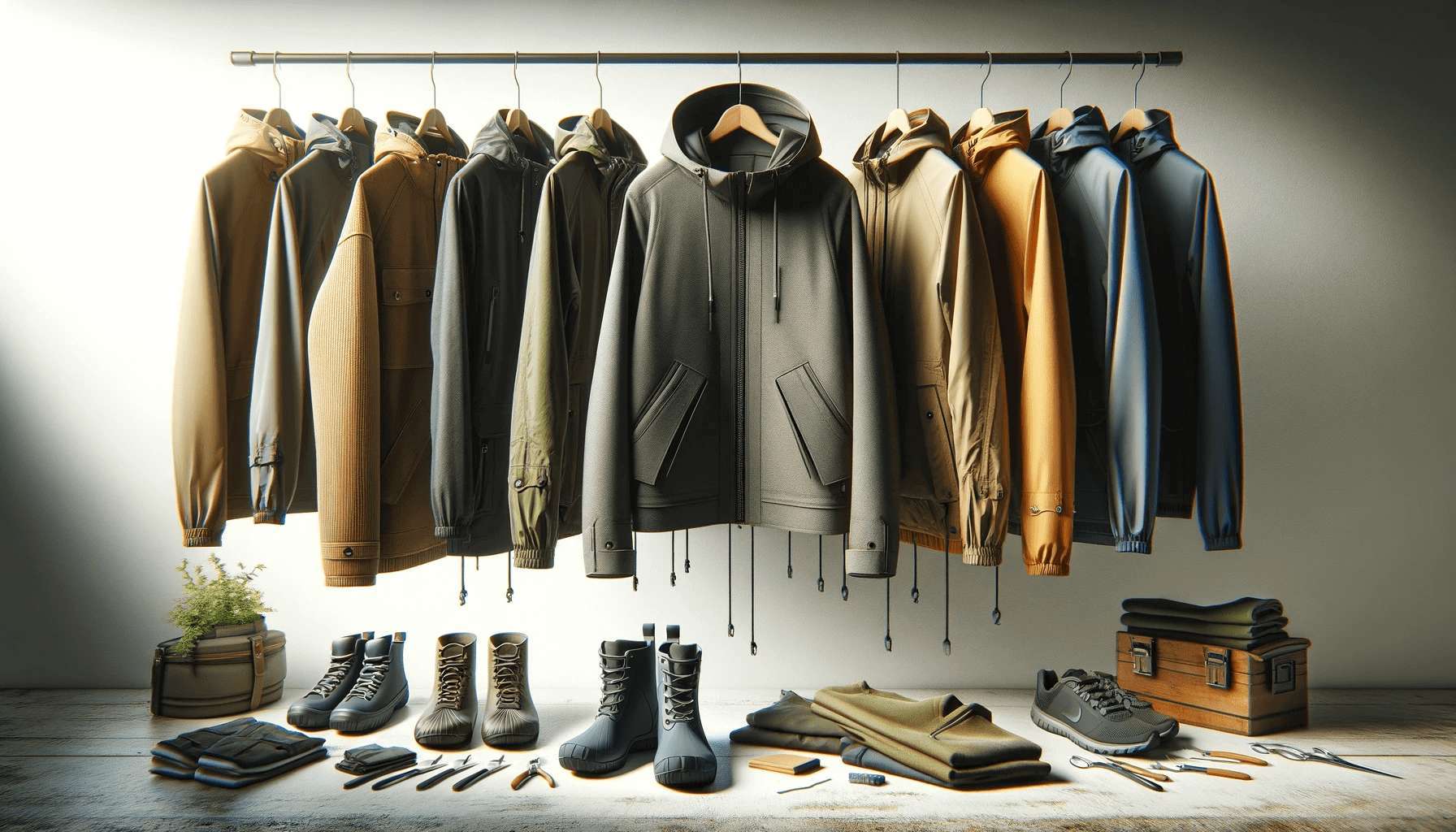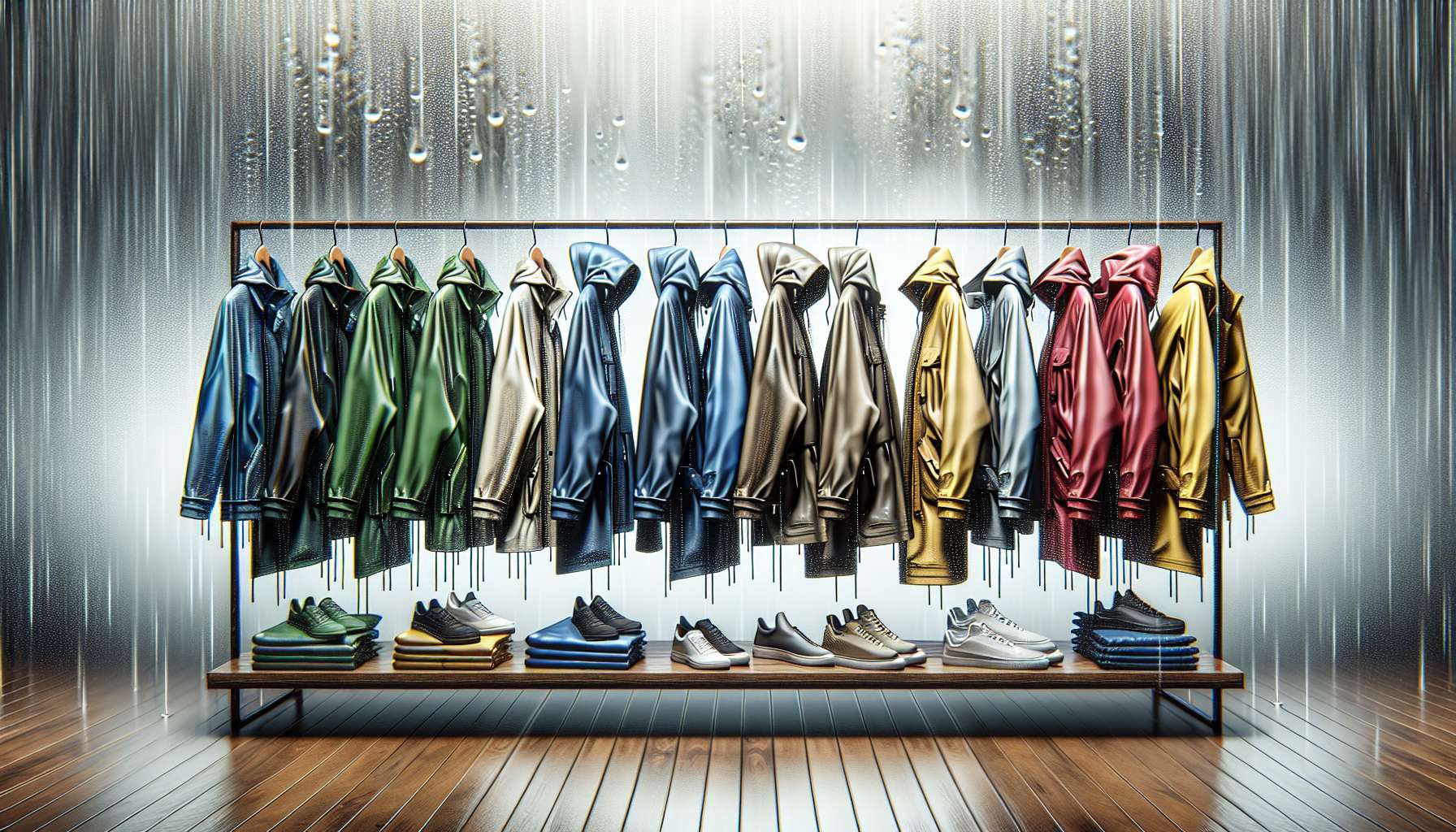Rain Jackets: A Comprehensive Guide
When the skies open up and the rain pours down, a trusty rain jacket can be your best companion. Whether you’re hiking in the great outdoors, commuting to work, or running errands in the city, having the right rain jacket can make all the difference. In this article, we’ll delve into the world of rain jackets, exploring their history, technology, and practical applications. So, grab your umbrella and let’s dive in!
The Evolution of Rain Jackets
Rain jackets have come a long way since their humble beginnings. In the early days, people would simply throw on a waterproof poncho or cloak to shield themselves from the rain. However, as technology advanced, so did rain jacket design. The first modern rain jacket was invented in the 19th century, made from rubberized fabric. This innovation revolutionized the way people stayed dry in wet weather.
Today, rain jackets are made from a variety of materials, each offering different levels of waterproofing, breathability, and durability. From traditional waxed cotton jackets to cutting-edge Gore-Tex shells, there’s a rain jacket for every need and budget.
Types of Rain Jackets
There are several types of rain jackets available on the market, each designed for specific activities and weather conditions. Here are some of the most common types:
Hardshell Jackets
Hardshell jackets are constructed from waterproof and breathable materials, making them ideal for outdoor activities like hiking, climbing, and skiing. These jackets are designed to withstand harsh weather conditions while allowing sweat to escape, keeping you dry and comfortable.
Softshell Jackets
Softshell jackets are more flexible and stretchy than hardshell jackets, making them great for activities that require a wide range of motion. While not completely waterproof, softshell jackets are water-resistant and provide good protection in light rain showers.
Insulated Jackets
Insulated jackets combine waterproofing with added warmth, making them perfect for cold and wet conditions. These jackets are often lined with synthetic or down insulation to keep you cozy in chilly weather.
Choosing the Right Rain Jacket
When it comes to choosing the right rain jacket, there are several factors to consider. Here are some key things to keep in mind:
Waterproofing
Look for jackets made from waterproof materials like Gore-Tex, eVent, or H2No. These fabrics are designed to keep rain out while allowing moisture to escape, keeping you dry from both the inside and outside.
Breathability
Breathability is important to prevent sweat from building up inside your jacket. Look for jackets with venting options like pit zips or mesh-lined pockets to help regulate your body temperature.
Fit
Make sure your rain jacket fits well and allows room for layering underneath. A jacket that’s too tight will restrict movement and trap heat, while a jacket that’s too loose may let in drafts and rain.
Features
Consider what features are important to you, such as adjustable hoods, waterproof zippers, and pockets. Some jackets also come with extra perks like built-in hand warmers or removable liners.
Expert Opinions
We spoke to outdoor enthusiasts and experts in the field of rain gear to get their take on the best rain jackets on the market. According to seasoned hikers and backpackers, brands like Patagonia, Arc’teryx, and The North Face consistently produce high-quality rain jackets that stand up to tough conditions.
One expert we interviewed, Sarah, a professional mountain guide, shared her top tip for choosing a rain jacket: “Invest in a jacket with durable waterproofing and good breathability. It’s worth spending a little extra for a jacket that will keep you dry and comfortable in any weather.”
Common Misconceptions
There are several misconceptions surrounding rain jackets that can lead to confusion when shopping for one. One common myth is that all rain jackets are bulky and uncomfortable to wear. While some older styles of rain jackets may have been heavier and less breathable, modern designs have improved significantly in terms of weight and comfort.
Another misconception is that a rain jacket can’t be both waterproof and breathable. However, advancements in fabric technology have made it possible to create jackets that repel water while allowing moisture to escape, keeping you dry and comfortable in any conditions.
FAQs
Q: How do I wash my rain jacket?
A: Most rain jackets can be machine washed with a gentle detergent and air-dried. Be sure to follow the manufacturer’s care instructions for best results.
Q: Can I repair a tear in my rain jacket?
A: Yes, many rain jackets come with repair patches or kits that you can use to fix small tears or holes. For larger repairs, consider taking your jacket to a professional seamstress or outdoor gear repair shop.
Conclusion
To wrap things up, rain jackets are an essential piece of gear for anyone who spends time outdoors. Whether you’re hiking through the mountains or walking to work in the rain, a quality rain jacket can keep you dry and comfortable in any weather. By choosing the right jacket for your needs and taking care of it properly, you can stay protected from the elements for years to come. So, next time you see storm clouds on the horizon, don’t forget to pack your trusty rain jacket!




